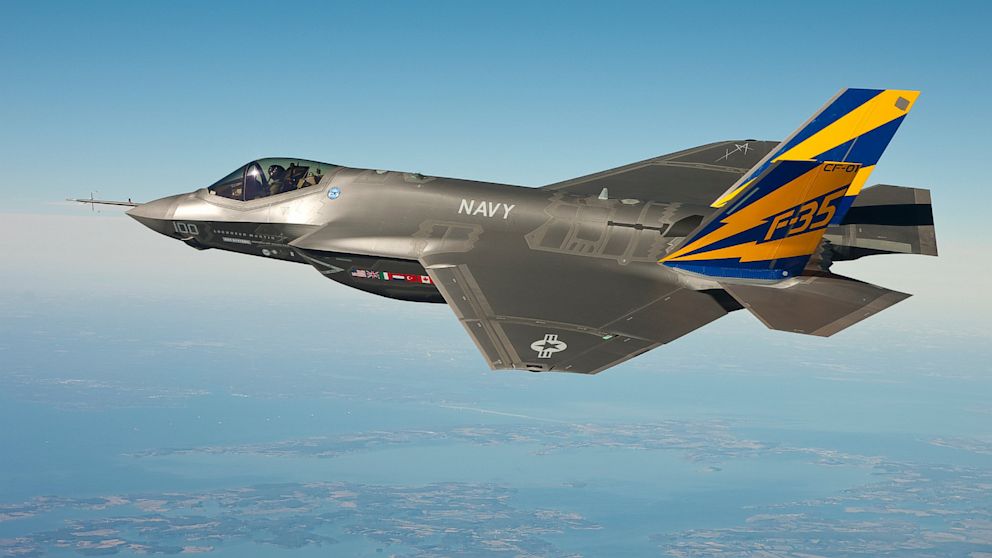Report: Military Lost Control of F-35 Contractors, Errors Abound
IG report identified hundreds of "issues" in most expensive weapon ever.

Sept. 30, 2013 — -- The military's watchdog has found hundreds of flaws in the way giant defense contractors produced the F-35 fighter jet – flaws that made what was already the most expensive weapons system in history even more costly to American taxpayers and flaws that should have been caught by the program's military overseers.
The Department of Defense Inspector General released a 126-page report today describing 719 "issues" it found with the jet's primary manufacturer, Lockheed Martin, and five other major contractors as they assembled planes for the estimated nearly $400 billion F-35 Joint Strike Fighter program. It also listed failures of the F-35 Joint Program Office (JPO), the military-led organization in charge of putting the planes in the air for three services in the American military, for not ensuring "Lockheed Martin and its subcontractors were applying rigor to design, manufacturing, and quality assurance" among other things. Both Lockheed Martin and the JPO said the report was old news and that the issues have been mostly addressed.
Flaws found on the production line, according to the DOD IG, included "uncontrolled or unapproved" design changes in production planning, contractor personnel who were not following written manufacturing and assembly process instructions, inadequate calibration management systems that could hinder testing and employees with expired certifications for critical tasks like ejection seat installation or "explosives care."
Taken together, the DOD IG said the flaws "could adversely affect aircraft performance, reliability, maintainability, and ultimately program cost."
The strategy for producing the F-35, which included beginning manufacturing before the first test flight even took off, has been widely criticized – called "acquisition malpractice" by the Pentagon's top weapons buyer in 2012.
In response to the DOD IG report, the F-35 JPO released a statement noting that of the 363 finding – under which the DOD IG described the 719 "issues" – 343 corrective action recommendations (CARs) were activated and 269 of them have already been closed "with the remaining 74 still in work."
"The report is thorough, professional, well documented and useful," the JPO statement said. "A majority of the findings are consistent with weaknesses previously identified by the Defense Contract Management Agency (DCMA) and the F-35 Joint Program Office (JPO), and do not present new or critical issues that affect the health of the program."
Lockheed Martin issued a statement as well that said the DOD IG's report is "based on data that's more than 16 months old and [a] majority of the Corrective Action Requests identified have been closed." The DOD IG report said it conducted its audit during fiscal years 2012 and 2013.
"Producing quality products is a top priority for the F-35 Program, and Lockheed Martin and its suppliers strive every day to deliver the best aircraft possible to our customers," the Lockheed statement said. "When discoveries occur, we take decisive and thorough action to correct the situation. Our commitment is to deliver the F-35's world class Fifth Generation fighter capabilities to the warfighter on time and within budget."




